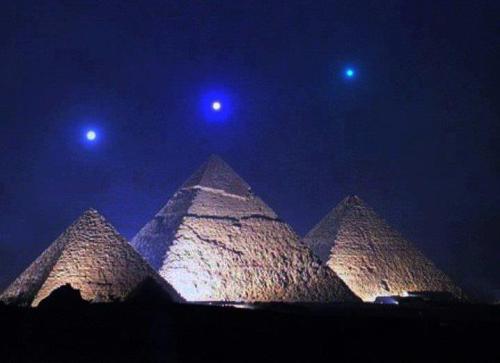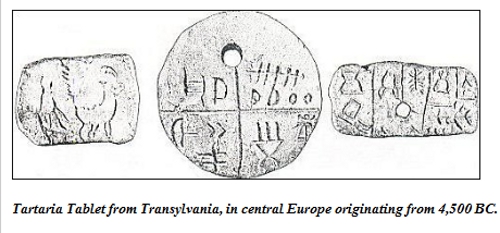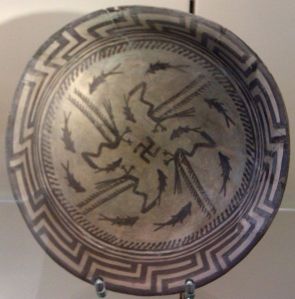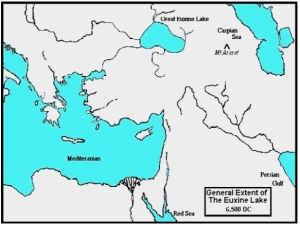reposted from “Chanel: A Lion in Tweed”
__________________________________________________________________________________________________

Gabrielle “Coco” Chanel’s headstone in Lausanne, Switzerland
____________________________________________________________________________________________________
 it is only fair to pay equal respect to the woman and legend behind the brand that has single-handedly made quilted bags and ballerina flats universal fashion must-haves. Gabrielle, or “Coco” as she preferred, was a complex and complicated woman. Or, atleast, that is how she is portrayed in the three (yes, three) books that came out just this season. Having only read one so far, I can promise that Coco’s romances are explored just as thoroughly as the rumors which surrounded her life between the covers of Justine Picardie’s Coco Chanel: The Legend and The Life. Between the captivating photos of her past and sketches by Karl Lagerfeld, Picardie’s writing makes for an illuminating tale of a woman torn between two lives: fashion designer and wartime woman.
it is only fair to pay equal respect to the woman and legend behind the brand that has single-handedly made quilted bags and ballerina flats universal fashion must-haves. Gabrielle, or “Coco” as she preferred, was a complex and complicated woman. Or, atleast, that is how she is portrayed in the three (yes, three) books that came out just this season. Having only read one so far, I can promise that Coco’s romances are explored just as thoroughly as the rumors which surrounded her life between the covers of Justine Picardie’s Coco Chanel: The Legend and The Life. Between the captivating photos of her past and sketches by Karl Lagerfeld, Picardie’s writing makes for an illuminating tale of a woman torn between two lives: fashion designer and wartime woman.
My personal fascination has been focused on Coco’s years in Switzerland. I’ve spent the past two months living in this country known for the Alps and fondue, and can’t help but imagine what it must have been like 65 years ago when the designer frequented the shores of Lac Léman. As Picardie notes in her book, Chanel once said she felt “free as a bird” when visiting Switzerland; her unsmudged red lipstick and conservative clothing concealing a life of lovers, flings, family drama, and a token best friend with a drug problem.
Following her death at the Ritz in Paris on January 10, 1971, Coco was buried at the Cimetière du Bois-de-Vaux in Lausanne. The turnout for her burial appeared meager in photos, as a formal, more-sizable ceremony had been conducted in Paris two weeks prior. Her gravestone is recognizable by five lions that appear across the top of her headstone; Coco’s astrological sign was Leo, something that defined her to the end. Today, greenery in the formation of her name, “Coco”, is perfectly placed across the area where her body rests. Next week, it will be 41 years since she passed.
As written in Picardie’s pages, Chanel once said to Paul Morand, 
“I would make a very bad dead person, because once I was put under, I would grow restless and would think only of returning to earth and starting all over again.” I’ll keep my eye on her plot.
_____________________________________________________________________________________________________
reposted from “Chanel: A Lion in Tweed”
Read Full Post »










